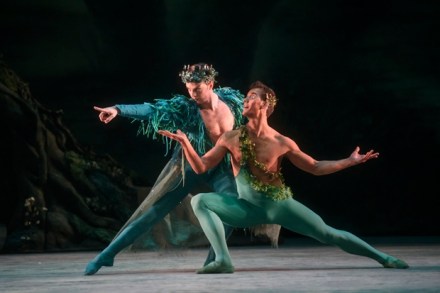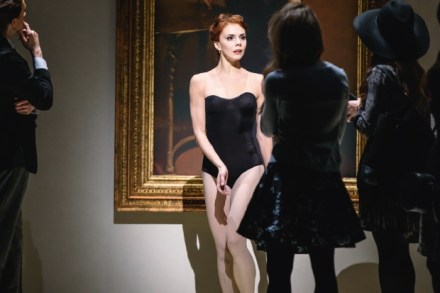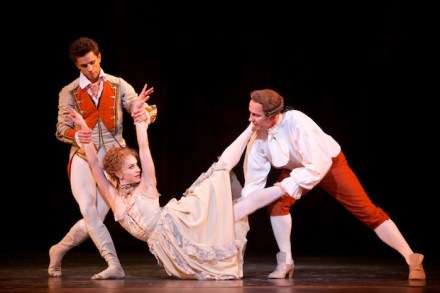Sex on legs
That joke about the young bull who tells the old bull, ‘Hey, Dad, see all those cows — let’s run and get one of them,’ and the old one replies, ‘Let’s walk and we can have the lot,’ is of course far too politically incorrect to tell these days. But it did creep into my mind last week watching Birmingham Royal Ballet’s double bill of Frederick Ashton’s masterworks, The Dream and A Month in the Country. He’s the old bull, and after the Duracell rogering in Christopher Wheeldon’s Strapless the other week, the serene, sly, ceaselessly sensuous way Ashton seduces you in those ballets, with choreography that never stoops to












